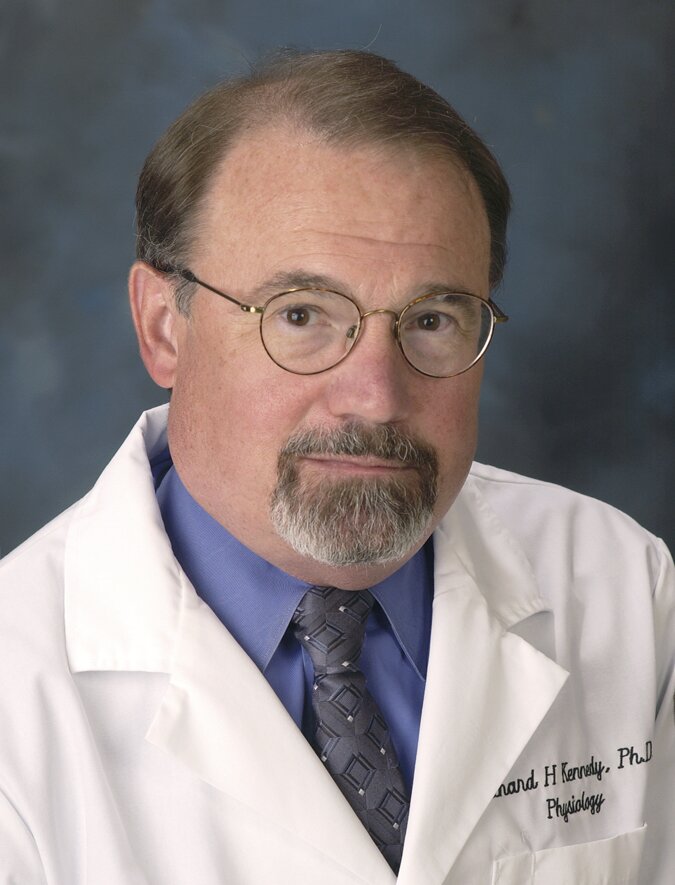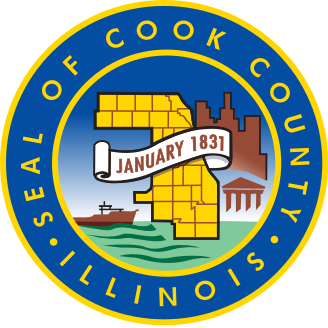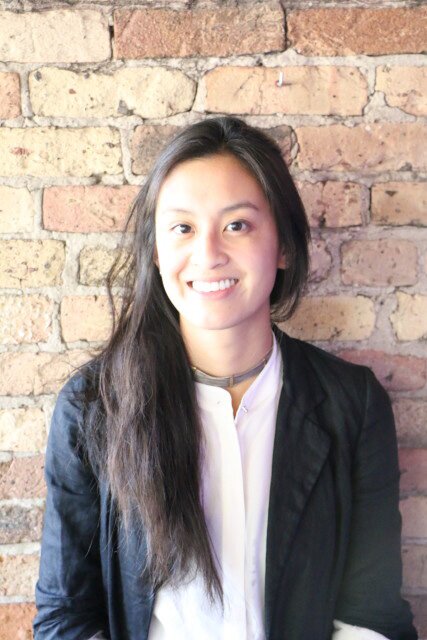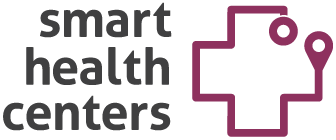
Dr. Khan Siddiqui and Dr. Neelum Aggarwal field questions after a presentation at Matter in the Merchandise Mart.
Wearable tech developers are taking the pulse of medical professionals – a reading on how useful fitness monitors will be in a clinical setting. Doctors say the biggest hurdle may be getting patients to try the gadgets and check in regularly.
“Especially in our underserved communities, a lot of the devices we’re hearing about, they’re not using them – they’re asking their kids to do it,” said Dr. Neelum Aggarwal, an Alzheimer’s researcher at Rush University Medical Center.
Elderly patients prefer to get medication reminders on flip phones., says Dr. Aggarwal, who has been taking home measurements of memory and physical functions in Chicago since 1996.
“A lot of older peoples are going to the library for Internet, they’re going to the Department of Aging – it’s not in their homes,” she told a group of mobile health developers June 10 at the Matter healthcare incubator in the Merchandise Mart. “What can people do reliably, what can people do easily, and how are you transporting that data back?”
The neurologist had similar issues in India, working with Naperville-based nonprofit Arogya World on a large-scale diabetes prevention effort. Nokia delivered text reminders to cellphone customers 3 times a week. The messages ask if they’ve been walking, taking medication and otherwise taking better care of themselves.
“In India we’re seeing the thin diabetic, people who aren’t eating as much but are at risk because of metabolic syndrome,” Aggarwal said, citing the common conditions that lead to diabetes and cardiovascular disease. “This is a program based on the simple basic question, did you do this?”

Chicago Health Atlas: Adult hypertension prevalence, 2006-2012.
The yes-or-no health checks now extend to heart disease and stroke risks. A mobile app is in development to make diet suggestions. The effort has drawn in the World Health Organization and Clinton Global Initiative. Researchers reviewing the data at Rush and Northwestern medical schools suggest the nudging has had an effect.
“Why aren’t we doing this in a big way on the South Side?” Aggarwal asks. The Chicago Health Atlas shows persistent high hospitalization rates for diabetes on the South and West sides since 2000, with similar patterns for high blood pressure and heart failure.
“As I come back here and see people playing games on their phone, I’m wondering why can’t we do something meaningful.” With 23 dialects in the India trials, she says the strategy should work for Chicago’s diverse population.
One effort to reach at-risk people here is Higi. The Chicago-based startup takes weight, body mass, pulse and blood pressure readings at kiosks in CVS, Jewel-Osco, Whole Foods and other locations.
An updated version of drugstore blood-pressure machines, they’ve spread to 10,000 stores on 5 continents, pitched as way to draw shoppers or employees into fitness programs. Kiosks were thought to be a more reliable way to reach older, lower-income people who rack up higher medical bills.
“All that has changed in just three years since we launched,” said Higi co-founder Dr. Khan Siddiqui, a visiting radiology professor at Johns Hopkins University and a former Microsoft research executive. At Dollar General stores, he says, 75 percent of customers have smartphones.
Now Higi (rhymes with jiggy) has a mobile app and website linking to home devices and fitness apps. They raise awareness with leaderboards, contests and store discounts. At this spring’s Healthcare Information and Management Systems Society conference in Chicago, Higi launched an API that will allow patients tp share data with their doctors.
The panel was organized by Open mHealth, a nonprofit promoting a framework for apps to organize health data so they can be useful in clinical settings.
With 500 wearable device vendors at exhibiting at this year’s Consumer Electronics Show, Siddiqui predicted that health monitoring will spread widely across the Internet of Things. Aggarwal warned
“You can have the tools but from my experience if it’s not explained from human to human why this is important — what we are measuring and what the outcome is – people aren’t going to do it,” she said. She noted the rapid growth of doctor-patient teleconferencing. “That’s why telehealth is so successful: The doctor can see you, you can see the doctor.”






